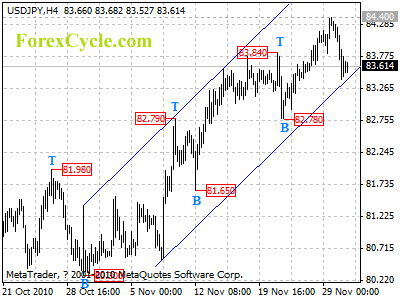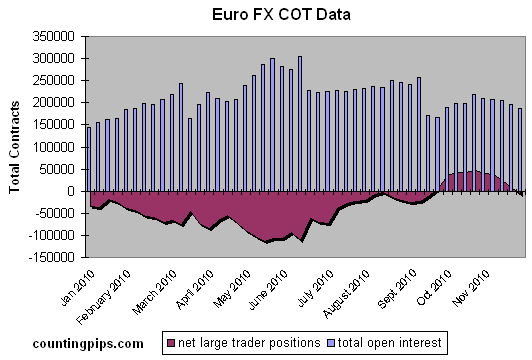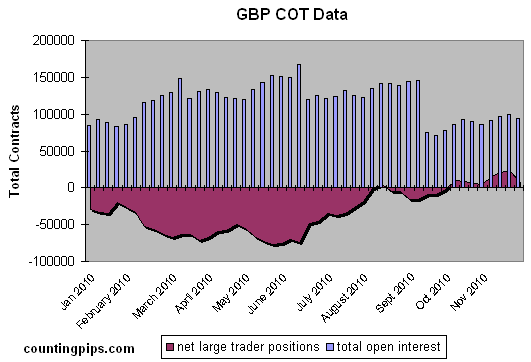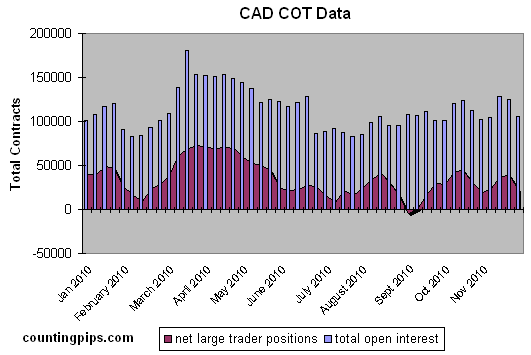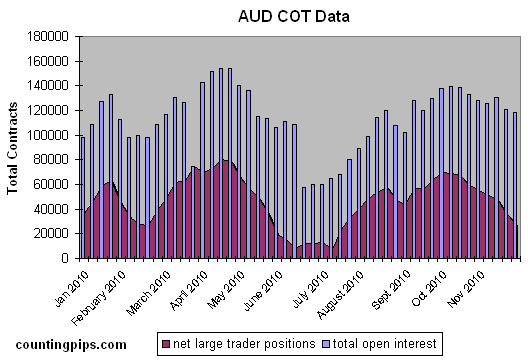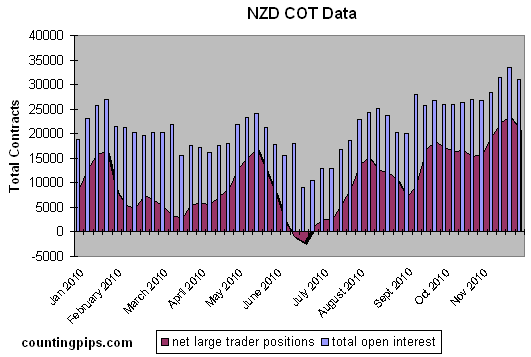Source: ForexYard
Traders moving assets to safer, lower yielding currencies appear to be playing a factor in the correction of the major crosses. The USD and JPY, which are seen as a safer bet than other currencies in times of market stress, will likely keep drawing demand as investors stay away from riskier assets.
Economic News
USD – Dollar Recovery Continues
The dollar hit its highest level in two months against the EUR and JPY on Monday rising on safe haven demand as the euro zone debt crisis kept investors averse to risk. By yesterday’s close, the USD rose against the EUR, pushing the oft- traded currency pair to 1.3110. The dollar experienced similar behavior against the JPY and closed at 84.25.
As the U.S. economy stabilizes, currency traders have started to focus more on fundamentals such as economic growth and short-term interest rates. That shift, just getting underway, could take the shine off the soaring USD in the coming months. A stronger currency is important to the U.S. because it entices foreign investors to Treasury debt that finances the nation’s record budget deficit. The downside is that it may restrain profit growth at companies with international sales by making U.S. exports more expensive.
Looking ahead to today, the most important economic indicator scheduled to be released from the U.S. is the CB Consumer Confidence at 15:00 GMT. Traders will be paying close attention to today’s announcement as a stronger than expected result may continue to boost the USD in the short-term. Traders are also advised to follow the Fed Chairman Bernanke Speech around 20:00 GMT. This speech is very likely to impact the dollar volatility. Traders are advised to watch closely, as this is likely to set the pace of the dollar going into the rest of the day’s trading.
EUR – EUR Hits 2-Month Low against Dollar
The euro fell to a two-month low against the dollar on Monday and may face further losses after Ireland’s rescue did little to erase investors’ fears that another euro-zone economy may require a bailout. As a result, the EUR/USD fell as low as 1.3063, its lowest level since September. The 16 nation currency experienced similar behavior against the JPY and closed at 110.49.
European Union finance ministers endorsed an 85-billion-euro rescue package for Dublin and approved outlines of a permanent crisis-resolution system that could make private bondholders share the burden of restructuring sovereign debt after 2013.
Sentiment remained fragile, with a sale of Italian bonds meeting lukewarm demand and highlighting investors’ unease about euro-zone debt. Also, the cost of ensuring Portuguese and Spanish debt against default rose to a record high on Monday.
JPY – Yen Sees Mixed Results versus the Majors
The yen finished yesterday’s trading session with mixed results versus the major currencies. The Japanese yen extended gains versus the euro on Monday, to trade around 110.50 levels amid a broad sell off in the euro. The yen experienced similar behavior against the NZD as the pair fell from 63.19 to 62.75 by days end. The yen finished even versus the USD and closed at 84.07.
A strong yen puts Japanese exporters at a disadvantage by making their goods less competitive overseas and erodes their repatriated earnings, in turn threatening the main growth driver of Japan’s fragile economy. As a result, Japan’s export growth dropped to its slowest pace of the year in October, also hit by softening overseas demand.
However, the yen has weakened from a 15-year high against the dollar in recent weeks as worries over the euro zone and tensions on the divided Korean peninsula bolster demand greenback.
OIL – Crude Oil Trades Near $86 a Barrel
Crude oil prices rose to $85.89 on Monday as Europe’s cold weather and hopes for revived consumer demand lifted refined products futures despite a strong dollar and fears the rescue plan for Ireland might not contain Europe’s debt woes.
The front-month crude price has seesawed after reaching a 25-month peak at $88.62 on November 11. It has not dropped below $80 since October 20.
As for today, traders should pay attention to the U.S Consumer Confidence report scheduled at 15:00 GMT, as it tends to have a large impact on Crude Oil’s price recently, especially in the short-term.
Technical News
EUR/USD
The EUR/USD cross has experienced a bearish trend for the past 2 weeks. However, it seems that this trend may be coming to an end. The RSI of the daily chart shows the pair floating in the over-sold territory, indicating that an upward correction will happen anytime soon. Going long with tight stops might be a wise choice.
GBP/USD
The price of this pair appears to be floating in the over-sold territory on the daily chart’s RSI indicating an upward correction may be imminent. The upward direction on the 4-hour chart’s Momentum oscillator also supports this notion. When the breach occurs, going long with tight stops appears to be preferable strategy.
USD/JPY
The bullish trend is losing its steam and the pair seems to consolidate around the 84.10 level. The daily chart’s RSI is already floating in an overbought territory suggesting that a recent upwards trend is weakening and a bearish correction is impending. Going short with tight stops might be a wise choice.
USD/CHF
The USD/CHF cross has been experiencing much bullish behavior in the past week. However, there is technical data that supports a bearish move for today. The RSI of the daily chart indicates that the pair is floating in the overbought territory, leading to the conclusion that a downward correction is imminent. Going short with tight stops may turn out to pay off today.
The Wild Card
Oil
Oil prices rose significantly yesterday and peaked at $85.89 per barrel. However, the 8-hour charts’ RSI is floating in an overbought territory suggesting that a recent upwards trend is losing steam and a bearish correction is impending. This might be a good opportunity for forex traders to enter the trend at a very early stage.
Forex Market Analysis provided by ForexYard.
© 2006 by FxYard Ltd
Disclaimer: Trading Foreign Exchange carries a high level of risk and may not be suitable for all investors. There is a possibility that you could sustain a loss of all of your investment and therefore you should not invest money that you cannot afford to lose. You should be aware of all the risks associated with Foreign Exchange trading.
